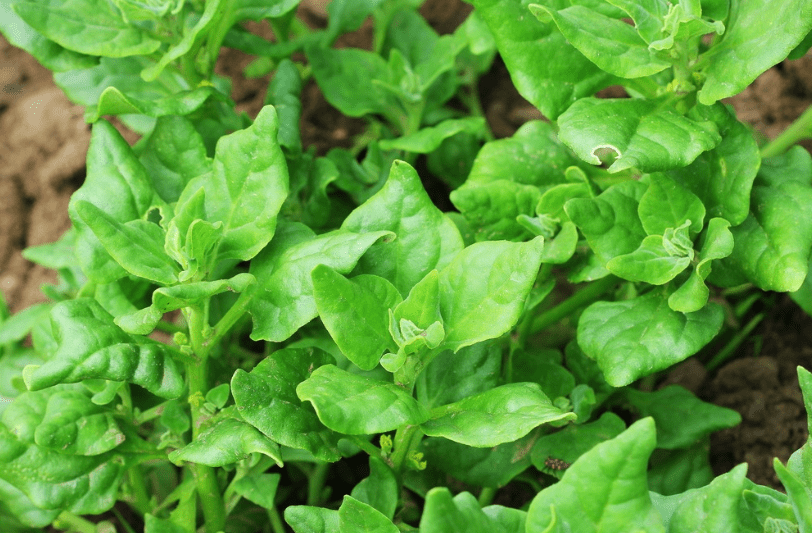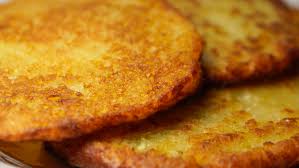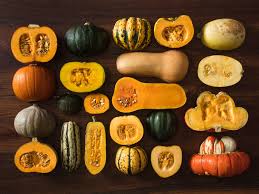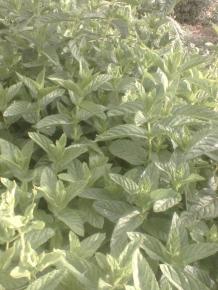I promised myself to write about spinach without mentioning Popeye or repeating the story about the historical typo and misplaced decimal point that led the world to believe for decades that spinach had an unusually high iron content. It's a great story, but I've told it before. If you're interested, you can read it here. This time, I'll focus on another aspect of spinach.
In fact, there's an unresolved discussion about whether the New Zealand spinach featured in this newsletter and in your weekly vegetable box is actually spinach. Unlike many other vegetables, spinach didn't come from the New World. It was cultivated in Asia thousands of years ago and was known as an edible (and sometimes a medicinal) plant throughout the Old World long before the discovery of America or of Australia and New Zealand.
I admit that before researching this topic, I assumed New Zealand spinach was just a variety of spinach developed in New Zealand. However, it turns out that New Zealand spinach grows wild there (as well as in parts of Australia), and the Maori people have known and eaten it for centuries. This raises the question: Is it really spinach?
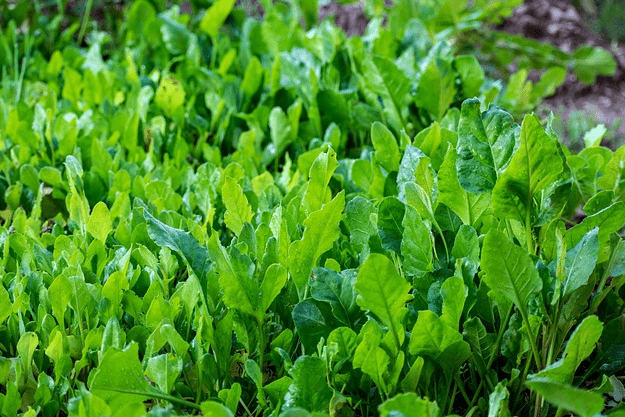
Botanically speaking, opinions are divided. For over a hundred years, New Zealand spinach has been grown outside of New Zealand (including our proud, organic, Israeli grown New Zealand spinach) and is considered spinach. Moreover, one of the most common spinach varieties in the world is actually a hybrid between a smooth-leafed-spinach (the regular kind) and New Zealand spinach.
New Zealand spinach was already there before the first white man arrived in New Zealand. That man was Captain James Cook, one of history's greatest explorers. This moment was documented in writing (deep in the 18th century), and New Zealand spinach was described as part of the story.
The warm welcome the Maori people gave James Cook included leaves and dishes made from the local spinach, and it’s believed that Cook himself introduced the plant to Europe. A few years later, when Cook arrived in Hawaii, he received a less warm welcome, which, according to one version of events, had a culinary twist—Cook himself was served as part of the meal.
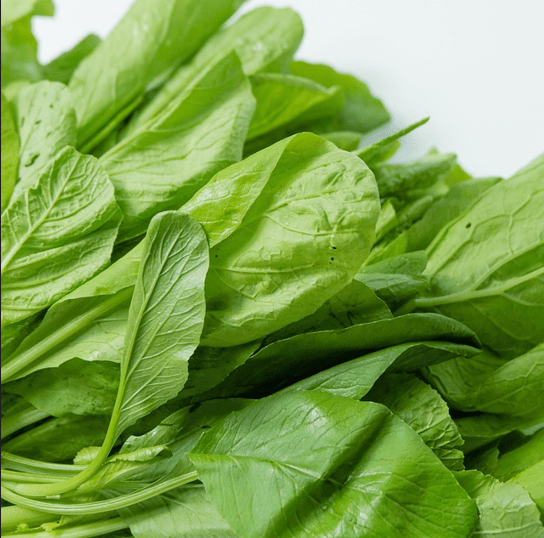
So, now that we understand that New Zealand spinach is indeed from New Zealand, what sets it apart from regular spinach? Morphologically, the most distinguishing feature of New Zealand spinach is its smaller leaves compared to Asian spinach.
Many people see this as a disadvantage, but since I love to blend the spinach with its stems, I'm not bothered by it. Will there be a difference between dishes made with different types of spinach? Not necessarily.
Experts claim that New Zealand spinach is saltier (it is indeed more resistant to saline soils than regular spinach). Another claim is that, unlike the regular spinach which can develop a slight bitterness in summer, New Zealand spinach is less bitter (and it is summer now).
Honestly, it's hard for me to say. Personally, the type of spinach is less important. What matters most is that the spinach is fresh and organic, and in that regard, you can be assured.

